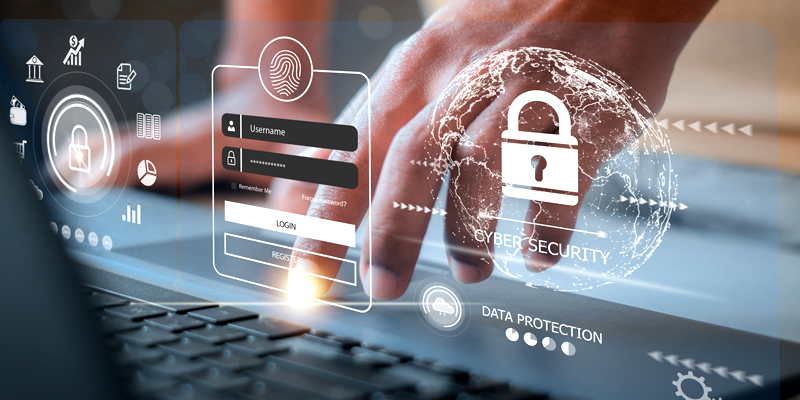In an increasingly digital world, cybersecurity is no longer optional—it’s essential. Whether you’re a business owner, an employee, or an individual user, following cybersecurity best practices can protect your data, your privacy, and your peace of mind. Here’s a comprehensive guide to the best practices you should implement:
Avoid Opening Suspicious Emails
Emails are a common vector for cyberattacks. Be wary of unsolicited emails, especially those that ask for sensitive information or contain attachments. Always verify the sender’s identity before interacting with such emails to avoid phishing scams and malware.
Keep Hardware Up-to-Date
Outdated hardware can be a vulnerability in your cybersecurity defenses. Ensure that all devices, from computers to routers, are up-to-date with the latest firmware and security patches. Regular updates protect against known vulnerabilities that cybercriminals could exploit.
Use a Secure File-Sharing Solution to Encrypt Data
When sharing sensitive information, use secure file-sharing platforms that offer encryption. Encryption ensures that even if data is intercepted, it remains unreadable to unauthorized parties, safeguarding your information from potential breaches.
Use Anti-Virus and Anti-Malware Software
Anti-virus and anti-malware software are essential tools in protecting your systems from malicious software. Ensure that these programs are installed on all devices and regularly updated to defend against the latest threats.
Use a VPN to Privatize Your Connections
A Virtual Private Network (VPN) encrypts your internet connection, making it difficult for cybercriminals to intercept your data. This is especially important when accessing public Wi-Fi networks, which are often less secure.
Implement a Robust Cybersecurity Strategy
A comprehensive cybersecurity strategy should encompass all aspects of your organization’s operations. This includes identifying potential risks, developing protocols to address them, and regularly reviewing and updating the strategy to keep pace with evolving threats.
Update and Enforce Security Policies
Security policies should be clear, comprehensive, and enforced across the organization. Regularly update these policies to reflect new threats and ensure all employees understand and adhere to them.
Install Security Updates and Backup Data
Regularly install security updates for all software and systems. These updates often include patches for vulnerabilities that could be exploited by attackers. Additionally, ensure that critical data is backed up regularly to prevent loss in the event of a cyberattack.
Use Strong Passwords and Multi-Factor Authentication
Strong passwords are your first line of defense against unauthorized access. Use complex passwords that combine letters, numbers, and symbols, and change them regularly. Multi-factor authentication (MFA) adds an additional layer of security by requiring a second form of verification.
Collaborate with the IT Department to Prevent Attacks
The IT department plays a crucial role in maintaining cybersecurity. Regular collaboration between IT and other departments ensures that security measures are effectively implemented and potential vulnerabilities are addressed promptly.
Conduct Regular Cybersecurity Audits
Regular audits are essential for identifying weaknesses in your cybersecurity framework. These audits help ensure that all systems and processes are secure and compliant with industry standards.
Control Access to Sensitive Information
Not everyone in your organization needs access to all information. Implement strict access controls to limit who can view or modify sensitive data. This reduces the risk of internal breaches and ensures that sensitive information is only accessible to those who need it.
Monitor Third-Party Users and Applications
Third-party applications and users can be a potential weak point in your cybersecurity defenses. Regularly monitor and assess third-party access to ensure they comply with your security standards and do not introduce vulnerabilities.
Embrace IT Training and Education
Cybersecurity is an evolving field, and staying informed about the latest threats and best practices is crucial. Regular IT training and education programs ensure that all employees are aware of potential risks and know how to respond to them effectively.







